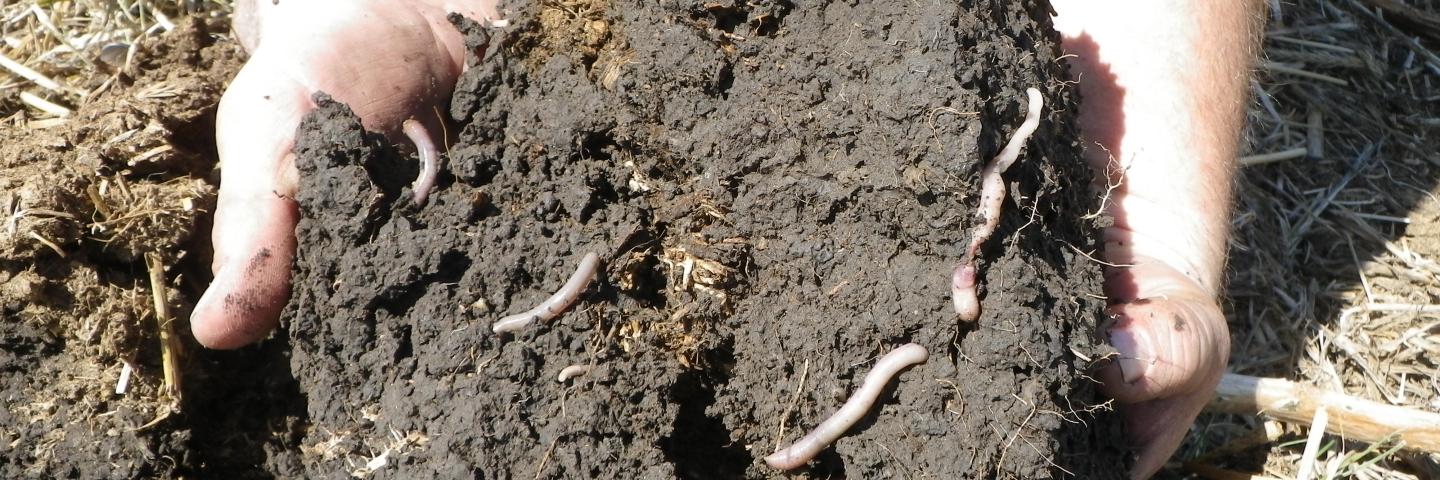
The Soil Health foundation consists of four principles which are: soil armor, minimizing soil disturbance, plant diversity and continual live plant/root
This article will discuss the second principle; minimizing soil disturbance.
In this second of four articles on soil health, it explains the concept of “soil disturbance” and why minimizing soil disturbance is important for building soil health.
Soil disturbance can generally occur in different forms:
- Biological disturbance, such as overgrazing, which limits the plants ability to harvest CO2 and sunlight.
- Chemical disturbance, such as over application of nutrient and pesticide, can disrupt the soil food web functions.
- Physical disturbance, such as tillage, which we will focus on in this article.
A typical soil is approximately 45% mineral (sand, silt, and clay), 5% soil organic matter, 25% water, and 25% air. The water and air portions exist in the pore spaces between the soil aggregates. Over time, tillage implements reduce and remove the pore spaces from our soils; restricting infiltration and destroying the biological glues which hold our soils together.
Ultimately tillage results in one or more of the following:
- water erosion; transporting soil, nutrient, and water to offsite locations, which negatively impacts water quality and quantity.
- wind erosion; transporting soil, and nutrient to offsite locations, which negatively impacts air quality, human health, and animal health.
- ponding water; which stays saturated on the surface for long periods of time, a result of reduced infiltration and increased runoff.
- crusting easily, which restricts plant emergence.
- soil organic matter depletion.
Can we reverse the impacts from tillage and improve soil function? Yes, we can. Minimizing soil disturbance is a good start to rebuilding soil aggregates, pore spaces, soil glue, and soil organic matter. This is an essential step for long term soil productivity.

The results of 20+ years of no tillage and crop diversity is a healthy, well aggregated soil.
Continue Reading

